Major gift prospect identification is often the overlooked “middle child” of the prospect research family. Somehow it lacks the glamor and clamor of prospect management and prospect profiles. It doesn’t possess the tech geek clout of data science, either. It’s somewhere in the middle – critically valuable and perhaps the true “artist” of the prospect research field.
Identifying major gift prospects is a remarkable talent, as it blends all the skills of other research tasks and tools and creatively applies them to find good prospects.
Our story begins with the fundamentals of a good major gift prospect.
A good prospect will have a combination of (1) affinity or love for the organization, (2) capacity to make a major gift, and (3) philanthropic inclination to make a gift.
The debut of wealth screenings in the late 1990s and refinement through the early 2000s suddenly made this balanced triangle of criteria a relatively simple matter of matching algorithms, expressed into Excel spreadsheets, and segmented through sorts and filters. The resulting, suitably-sized top segment can then be served up to be validated by manual research.
When the fundamental triangle of criteria are in the donor database as fields, the identification project can grow rapidly! Well, this depends upon how much other information is found inside your donor database. It could be paired with volunteering, occupation, interest codes, degree earned – the possibilities limited only by the data collected by your organization.
When the 2000s ushered in statistical data modeling on a robust database of donor information, it almost felt like an explosion of quality major gift prospect identification hit the nonprofit sector.
But did it?
Statistical modeling – and now A.I. – attracts a LOT of attention, but what about the many thousands of nonprofits that don’t have a lot of data beyond giving history? The ability of A.I. to employ big data to improve its algorithms holds promise, but could it also be a distraction from applying a clever human mind to major gift prospecting?
Sometimes the most expensive scores you can purchase feel as helpful as telling a store owner that the data show that when her parking lot is full, she sells the most product. What that store owner really needs to know is how to fill the parking lot!
And all those splendid software solutions are limited.
The pursuit of profits demands that software tools be developed that will be desirable to the largest customer base possible. But when it comes to major gift prospect identification, the local animal shelter is quite different from a national nonprofit news outlet focused on climate change, which is quite different from a regional healthcare system.
So, what does the clever prospector do?
Use everything to create the magic rainbow of prospecting!
Whether you want to find prospects for lead gifts to the largest campaign to hit your region or fund your current fiscal year budget, if you keep an open mind and creatively employ all of your research skills and tools you can find the prospects you need.
Beyond the typical wealth screening or scoring, you might do things such as:
- Routinely read the best media – blog, podcast, news, journals – that is specific to your organization, cause, or project. Because inevitably you will start to find the people, companies, and foundations highlighted in those outlets that could be potential prospects.
- There are so many digital tools that provide alerts based on a variety of options, such as name, keywords, and more. Creating a fast and efficient routine to evaluate and act on this information yields results over the long term – and sometimes the short term too.
- Relationship mapping can take many forms. You can ask people directly to introduce you to their social networks. You can build lists from tools, which can include paid subscriptions, LinkedIn, your own donor database, and others.
- Generating “wish lists” of the top donors to causes like yours or in geographic areas where you want to grow provides the opportunity to submit the names to key players at your organization for connection pathways, and also keeps the names in the front of people’s minds so they recognize connections when they come to light.
Any of these kinds of scenarios (and so many more) means subscribing to newsletters and other content and then when you find a name or list of names, then using internet search, research tools, and generally all the “things” to confirm wealth, find community involvement, motivations and interest, and connections to your organization.
The more you do prospecting, the more you learn.
You learn things such as…
- The “tells” your best prospects have that identify them, such as various patterns of giving to others, belonging to a particular group, or living in a specific neighborhood.
- All the key data points that quickly disqualify someone as a good major gift prospect for your organization.
- All the places your best prospects congregate in the wild, such as clubs, associations, organizations, companies, and more.
- Reasons why gift officers won’t contact prospects, such as not having information to build rapport in early outreach, no contact information, needing a connector to introduce them, and others. Now you can adjust your research to find this information.
- Reasons why gift officers will contact prospects, such as belonging to the same organization but a different chapter, both owning the same breed of dog, alumni from the same school, or being an athlete in the same sport. Now you can recognize this information and include it when you find it.
Some researchers are disheartened by what can feel like endless hours spent searching for what feels like so few good prospects, but the more practice you get, the more those few good prospects start looking and behaving like magic beans, growing into massive bean stalks, that ultimately lead to the golden goose!
Okay, maybe that’s a bit of a stretch, but it underscores the distinctive talent of great prospect identification. It is a creative effort that is honed with practice and skill. It is much like the artist that spends 10,000 and more hours practicing, learning, producing, and promoting …to become the next Frida Kahlo.
Because some of your organization’s wealthiest and most likely major gift prospects will not show up in your wealth screenings for a variety of reasons, including:
- Their record might have bad or outdated data in your database.
- They are not listed on any of the “top” wealth lists because their wealth is private.
- Although wealthy, they live modestly and don’t own or spend lavishly.
But they might be found:
- Lurking in a Wikipedia page of your most successful alumni.
- On the front-page in the “Rural Times” featuring the modest company owner who is the region’s biggest employer and whose child attended your special camp in the city.
- In LinkedIn with their occupation as CEO and founder of a company with hundreds of employees.
The next time you are working on finding new major gift donors, remember that you are painting a magic rainbow of prospecting, which like all artistry takes time and practice to become magical.
P.S. For the researchers reading this, you might find that some of your most successful major gift officers outperform you on identifying wealthy prospects. Don’t take it personally – take notes!
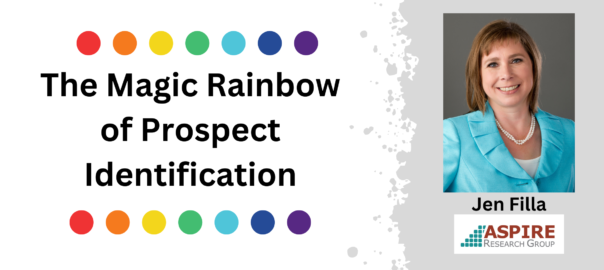


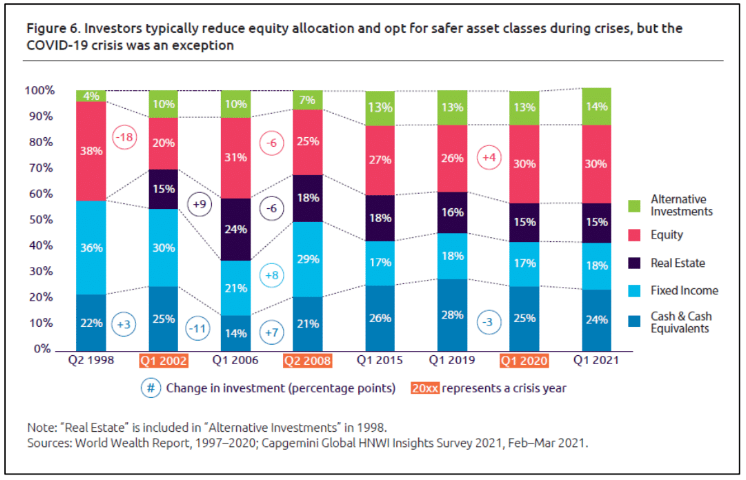
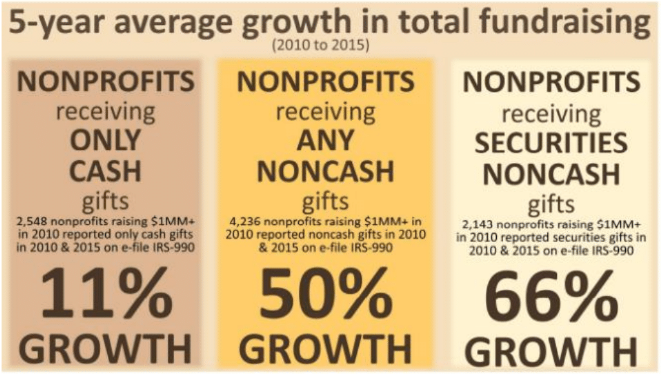
 I will admit to being fascinated by, if not obsessed with, the path that leads to a major gift program for smaller nonprofits. What I hear and read about the most are large nonprofits, most of which are in higher education.
I will admit to being fascinated by, if not obsessed with, the path that leads to a major gift program for smaller nonprofits. What I hear and read about the most are large nonprofits, most of which are in higher education. If you ask a consultant the question “What is a Major Gift?” you will no doubt get the answer that “it depends.” Of course it does! But how does one figure it out? Surely we don’t guess what it is, do we? Lots of people consider $1,000 to be a threshold number. But what if a $100 gift would you give you goosebumps? Is that a major gift for your organization?
If you ask a consultant the question “What is a Major Gift?” you will no doubt get the answer that “it depends.” Of course it does! But how does one figure it out? Surely we don’t guess what it is, do we? Lots of people consider $1,000 to be a threshold number. But what if a $100 gift would you give you goosebumps? Is that a major gift for your organization? Higher education and healthcare dominate the field of prospect research – and for good reason. They have income well above the funds they raise and these big budgets attract correspondingly big gifts. But those industries no longer dominate wealth/prospect screenings. Or at least, they don’t have to.
Higher education and healthcare dominate the field of prospect research – and for good reason. They have income well above the funds they raise and these big budgets attract correspondingly big gifts. But those industries no longer dominate wealth/prospect screenings. Or at least, they don’t have to.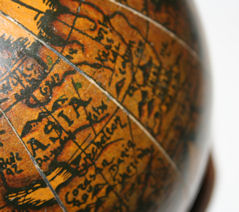

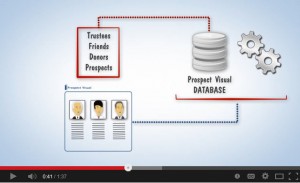
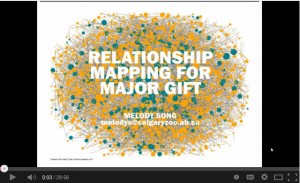
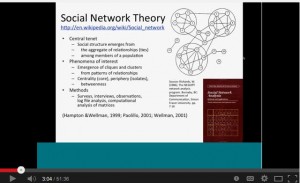
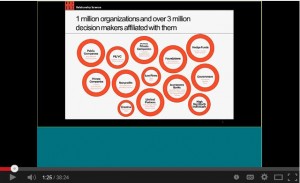
 Did you know that major gift officers who use prospect research raise more than their colleagues who go it alone? Prospect research is the secret sauce that has been helping some organizations out-perform others for years. Think about it. Can you name a higher-education fundraising powerhouse that does not employ prospect researchers? When I was working on the book,
Did you know that major gift officers who use prospect research raise more than their colleagues who go it alone? Prospect research is the secret sauce that has been helping some organizations out-perform others for years. Think about it. Can you name a higher-education fundraising powerhouse that does not employ prospect researchers? When I was working on the book, 